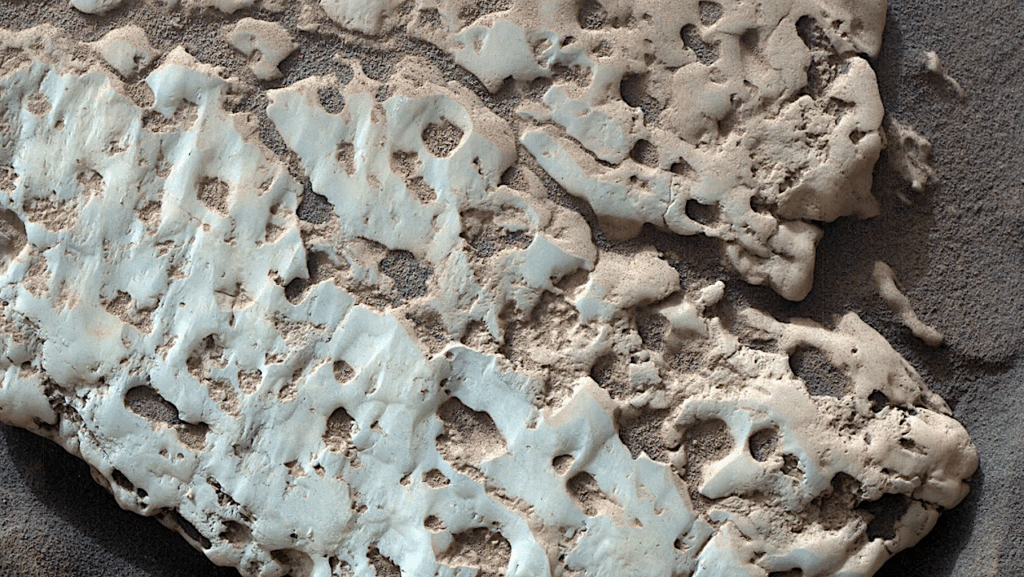Habitability And Biosignatures Of Hycean Worlds

We investigate a new class of habitable planets composed of water-rich interiors with massive oceans underlying H2-rich atmospheres, referred to here as Hycean worlds.
With densities between those of rocky super-Earths and more extended mini-Neptunes, Hycean planets can be optimal candidates in the search for exoplanetary habitability and may be abundant in the exoplanet population. We investigate the bulk properties (masses, radii, and temperatures), potential for habitability, and observable biosignatures of Hycean planets.
We show that Hycean planets can be significantly larger compared to previous considerations for habitable planets, with radii as large as 2.6 Earth radii (2.3 Earth radii) for a mass of 10 Earth masses (5 Earth masses). We construct the Hycean habitable zone (HZ), considering stellar hosts from late M to sun-like stars, and find it to be significantly wider than the terrestrial-like HZ.
While the inner boundary of the Hycean HZ corresponds to equilibrium temperatures as high as ~500 K for late M dwarfs, the outer boundary is unrestricted to arbitrarily large orbital separations. Our investigations include tidally locked `Dark Hycean’ worlds that permit habitable conditions only on their permanent nightsides and `Cold Hycean’ worlds that see negligible irradiation.
Finally, we investigate the observability of possible biosignatures in Hycean atmospheres. We find that a number of trace terrestrial biomarkers which may be expected to be present in Hycean atmospheres would be readily detectable using modest observing time with the James Webb Space Telescope (JWST). We identify a sizable sample of nearby potential Hycean planets that can be ideal targets for such observations in search of exoplanetary biosignatures.
Nikku Madhusudhan, Anjali A. A. Piette, Savvas Constantinou
Comments: Accepted for publication in The Astrophysical Journal
Subjects: Earth and Planetary Astrophysics (astro-ph.EP)
Cite as: arXiv:2108.10888 [astro-ph.EP] (or arXiv:2108.10888v1 [astro-ph.EP] for this version)
Submission history
From: Madhusudhan Nikku
[v1] Tue, 24 Aug 2021 18:00:01 UTC (6,283 KB)
https://arxiv.org/abs/2108.10888
Astrobiology








